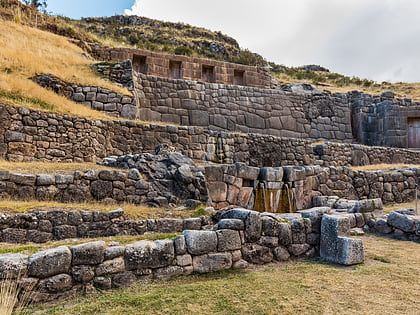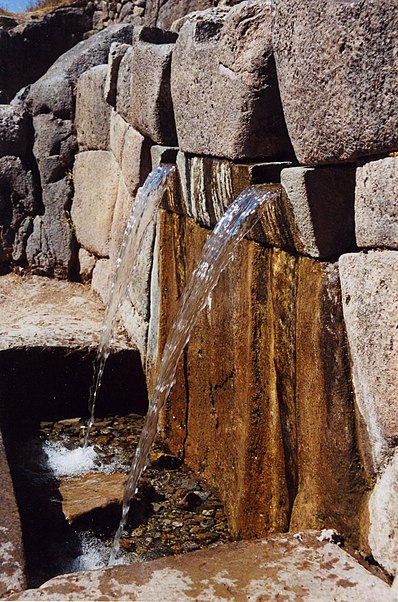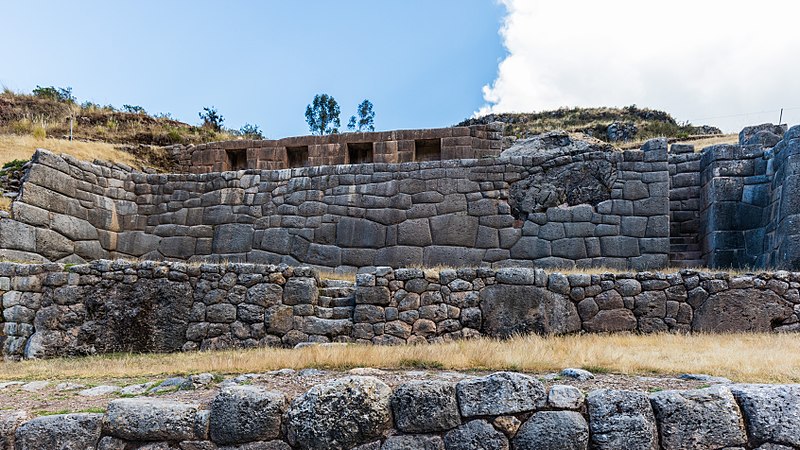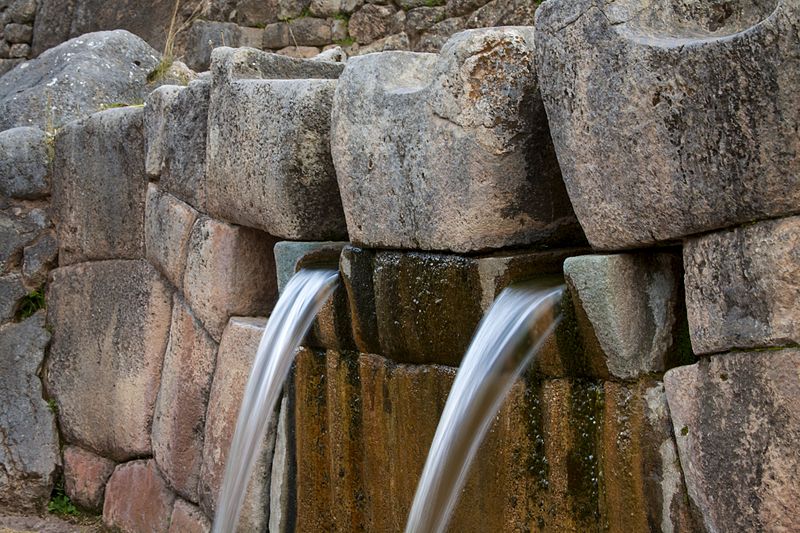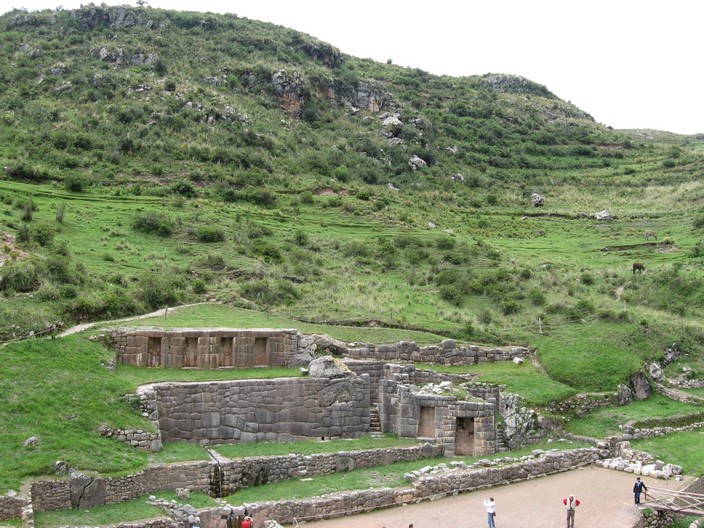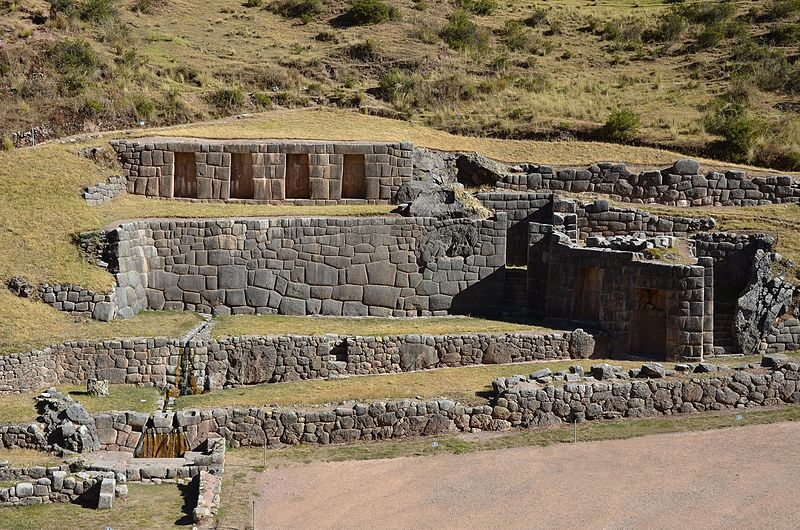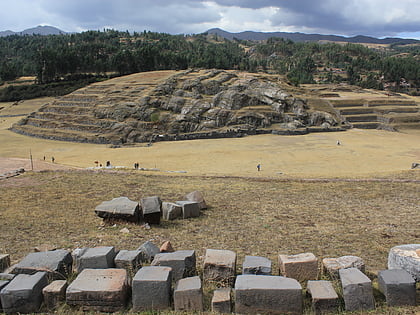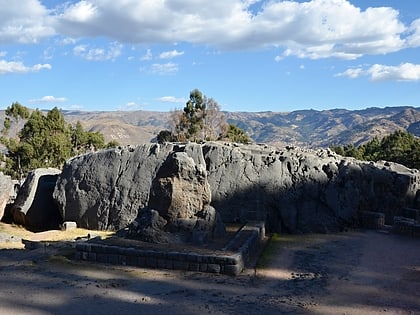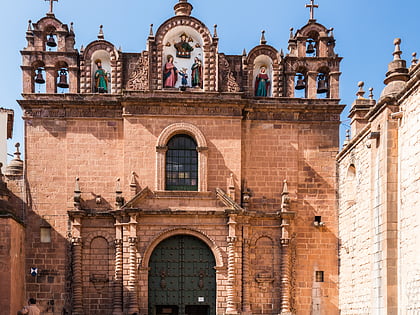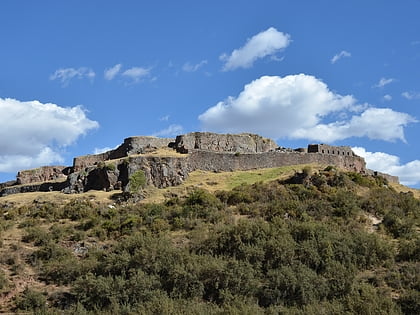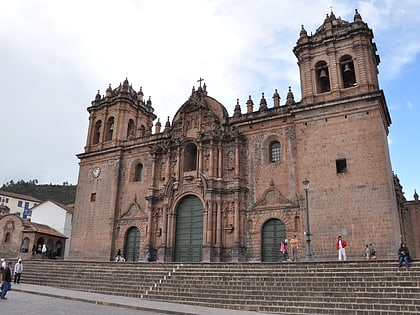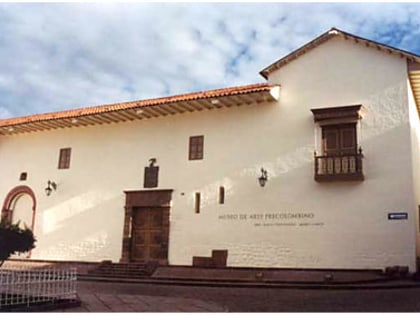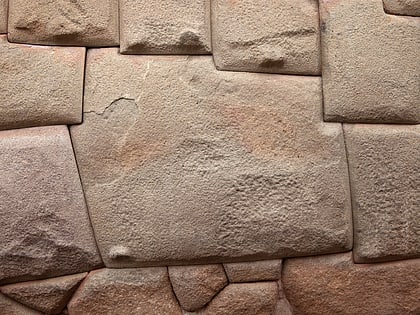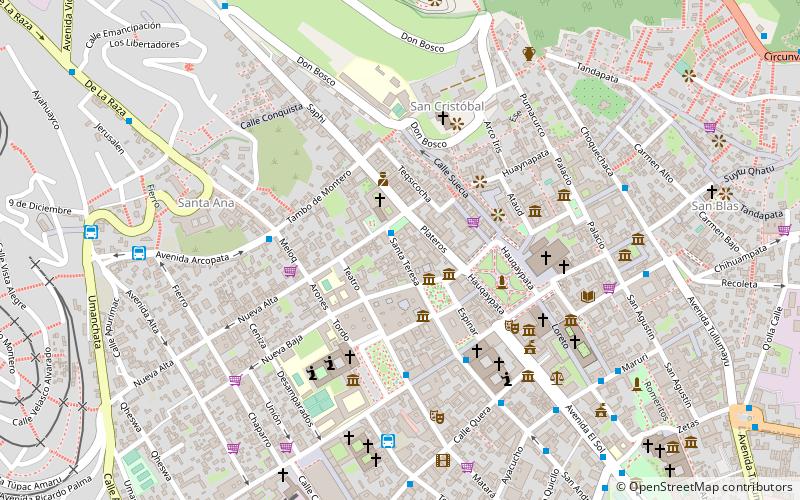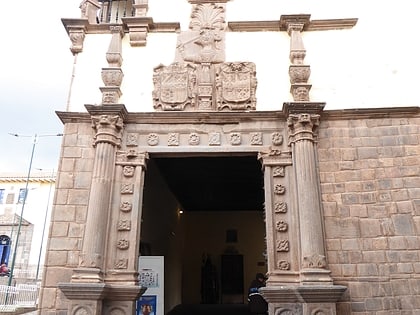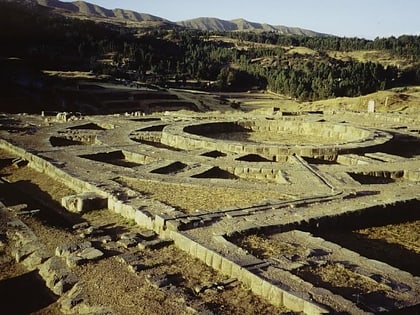Tambomachay, Cuzco
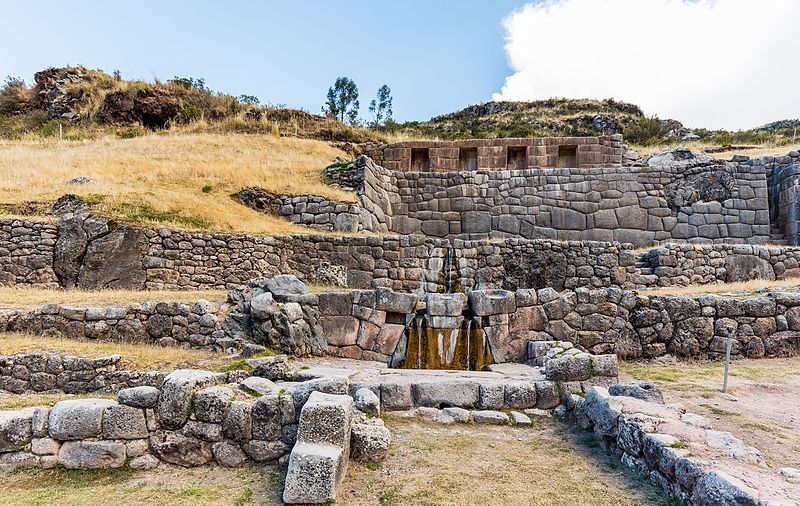
Facts and practical information
Nestled in the lush Peruvian Andes, just a few kilometers from the former Incan capital of Cuzco, lies the fascinating archaeological site of Tambomachay. Known to many as "El Baño del Inca" or "The Bath of the Inca," this site is a testament to the advanced hydraulic engineering of the Inca civilization that thrived in the region from the 13th to the late 16th century.
Tambomachay is an intricate complex of stone-built canals, waterfalls, and aqueducts. It is believed to have served as a spa for the political elite and a site for ritualistic water worship. The precision of the stonework is remarkable, with water still smoothly coursing through the channels, a testament to the craftsmanship of Inca engineers.
The exact function of Tambomachay remains a topic of debate among historians and archaeologists. Some suggest it was a military outpost, while others believe it was dedicated to the Inca water deity. Regardless of its original purpose, today it stands as a serene escape, where visitors can marvel at the harmonious blend of natural beauty and human artistry.
The site is relatively small compared to other Inca ruins, but what it lacks in size, it more than makes up for in charm and tranquility. The terraced structure offers a glimpse into the Inca's mastery of irrigation and their deep respect for the natural elements.
Tambomachay is part of the larger network of Inca sites in the Sacred Valley and is often included in tours alongside nearby attractions such as Sacsayhuamán, Qenko, and Puca Pucara. The site is open to tourists year-round and can be reached either by a short taxi or bus ride from Cuzco or by a pleasant hike that offers panoramic views of the stunning landscape.
Tambomachay – popular in the area (distance from the attraction)
Nearby attractions include: Sacsayhuamán, Qenko, Templo de la Sagrada Familia, Puka Pukara.
Frequently Asked Questions (FAQ)
How to get to Tambomachay by public transport?
Bus
- Tambomachay (7 min walk)
